The editor gets behind the latest Brocock incarnation - the sidelever XR Sniper
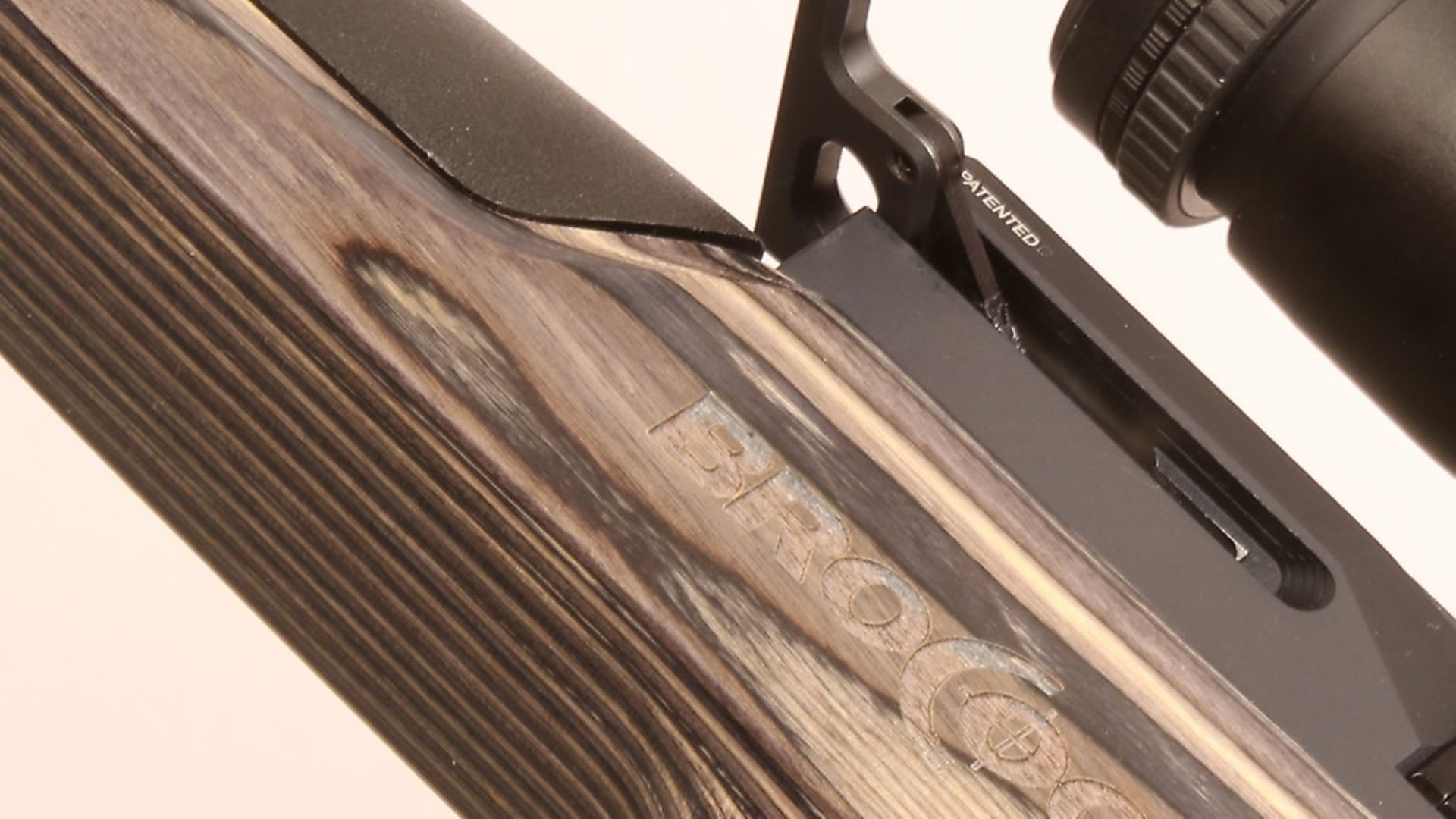 credit: Archant
credit: Archant
Here's a bit of a huge statement to open this test; I'm being forced to think that the days of bolt-action rifles might be coming to an end. Yes, I know various forms of bolt-action sustained us since Johann Nikolaus von Dreyse produced the first one in 1824, but muzzle loaders had held sway for many years before Johan's genius showed us a better way to cock an action and poke projectiles into a barrel.
Maybe it's just the end of an era, but whatever it is, swapping the Brocock Sniper to sidelever is a major plus. Here's the thing, though; the difference between sidelever and bolt-action isn't even noticeable until they are tested side by side on models with similar handling characteristics.
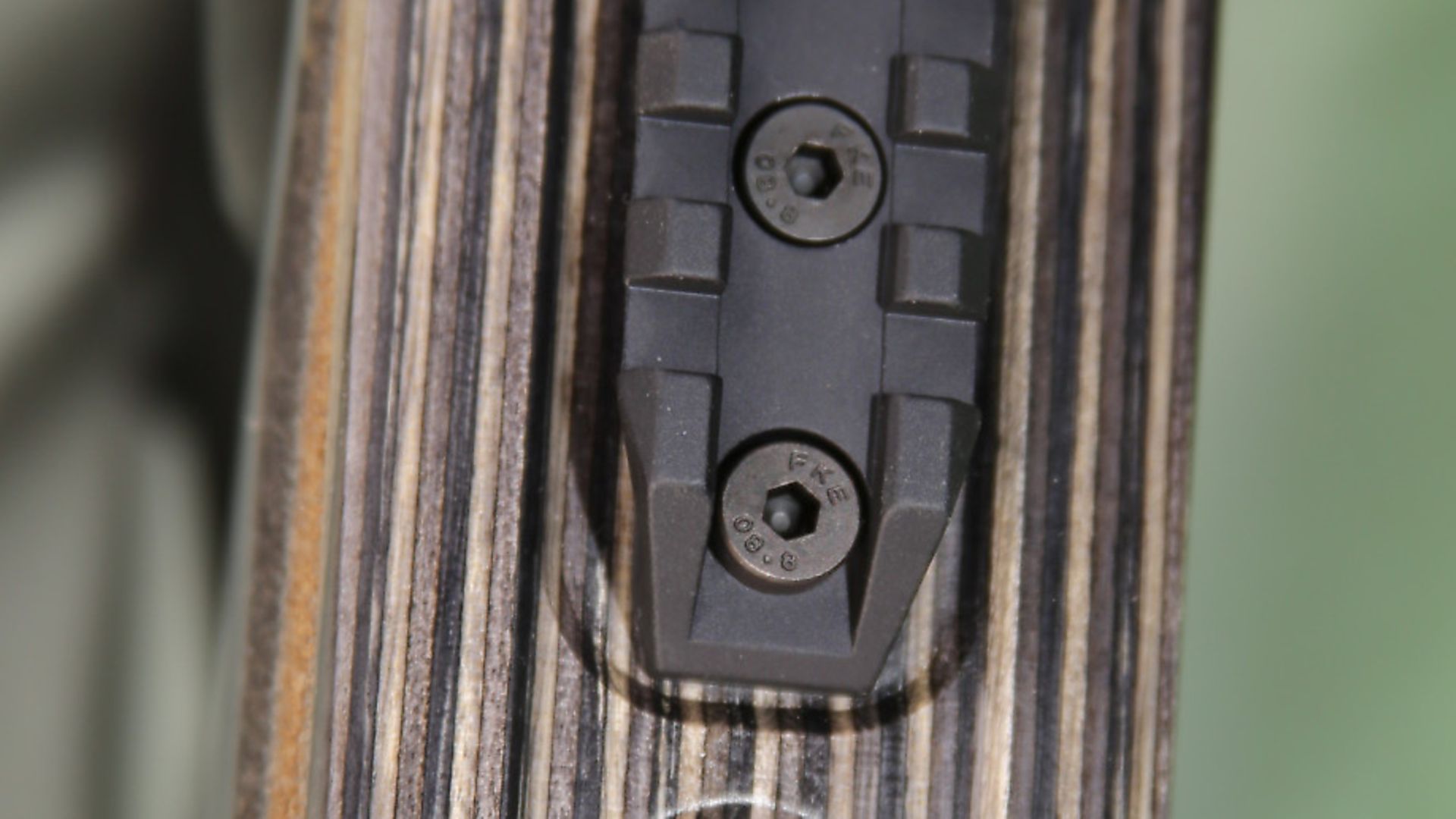 credit: Archant
credit: Archant
I own and happily use several excellent bolt-action rifles, and I have never thought a single one of them would benefit significantly from being swapped to sidelever … until I tested a Brocock Bantam MKII Sniper alongside this month's test subject. The difference was noticeable then, for sure, and it prompted me to explore other options. My Air Arms S410 was tested cheek to cheek with its S510 stablemate, and there it was again. All four rifles are tackdrivers, but those sidelevers drove their tacks via an almost effortless, back-forth flick to cycle their actions. Does such a tiny, barely discernable advantage even matter in the real world of hunting? A very short while ago, I'd have argued that it doesn't. I've now changed my mind, and I'll explain that more as this review unfolds. First, though, let's go back in time.
BROCOCK'S BACKGROUND
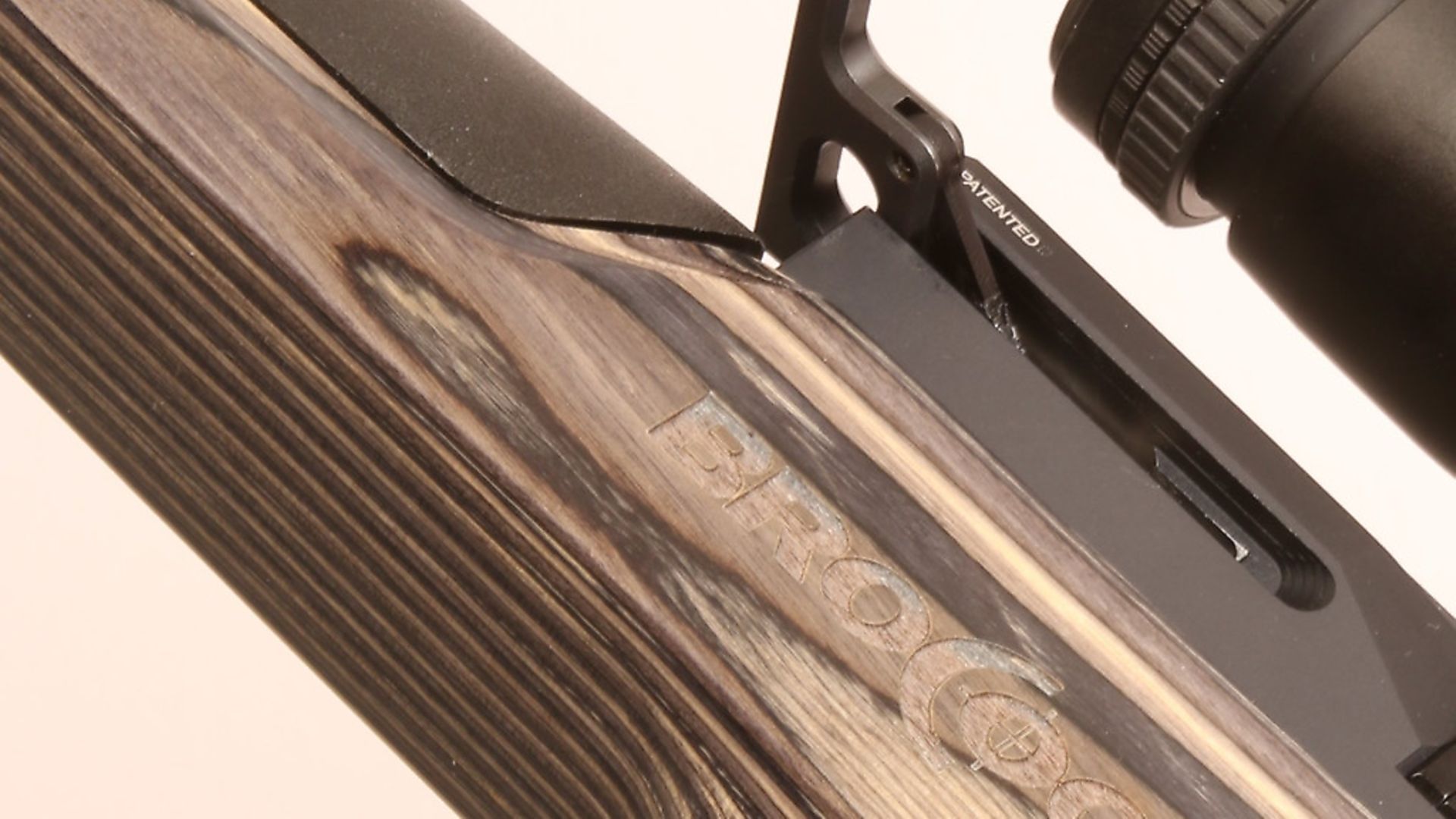 credit: Archant
credit: Archant
Brocock was created from the demise of another company, Saxby & Palmer, and during its varied, 30-year history, it has grown, contracted, been taken over, and grown again to become a mainstream player in the highly competitive world of airguns. Brothers Gary and Nigel Silcock bought the liquidated Saxby & Palmer in 1989 and moved into its premises in Birmingham's old gun centre, renaming the venture as Brocock, a play on words for the brothers Silcock.
Saxby & Palmer had made a range of air pistols based on a conventional revolver action, but utilising a unique, self-contained air cartridge system to fire a pellet loaded into the cartridge nose. In the early 1980s the design had taken the airgun scene by storm and yet, by 1989, for one reason or another, sales had started to wane. After S & P became Brocock, the company continued to develop the air cartridge technology, revising and improving designs and introducing new pistols as well the occasional rifle.
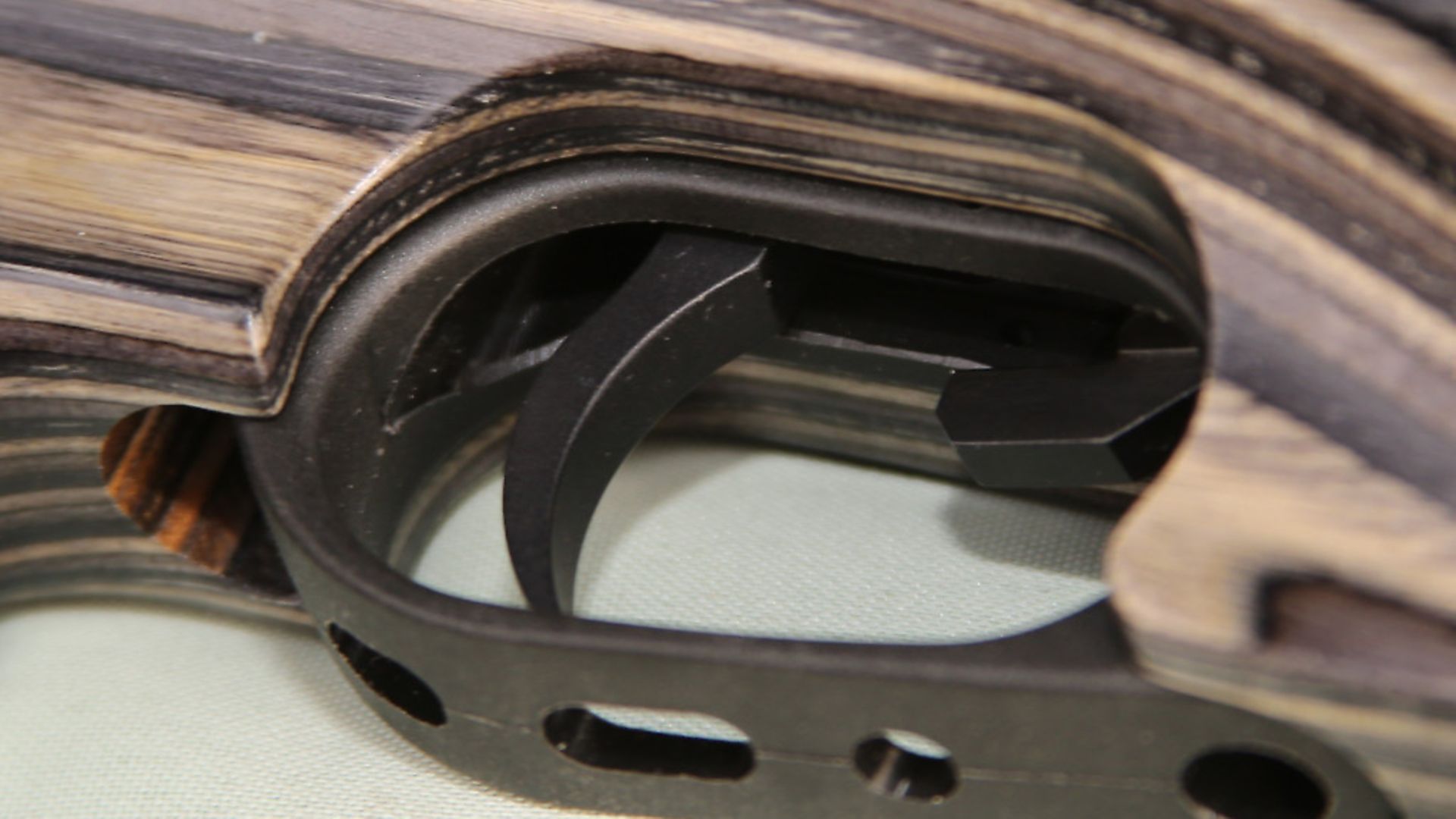 credit: Archant
credit: Archant
BACS TO THE FUTURE
Sales picked up and what eventually became the Brocock Air Cartridge System (BACS) was deservedly popular among Brocock's growing number of customers. Then, after a series of highly publicised incidents involving air cartridge pistols illegally converted into live-ammunition guns, the Home Office stepped in and under the Anti-Social Behaviour Act of 2003, added air cartridge airguns to Section 5(1) of the Firearms Act. This classified Brocock's core product as 'prohibited weapons', and from the 20th of January 2004, it became an offence under the act for anyone to manufacture, sell, purchase, transfer or acquire a 'self-contained gas cartridge' gun, and it was illegal to be in possession of one after the 30th of April 2004, unless you had a Section 1 Firearms Certificate.
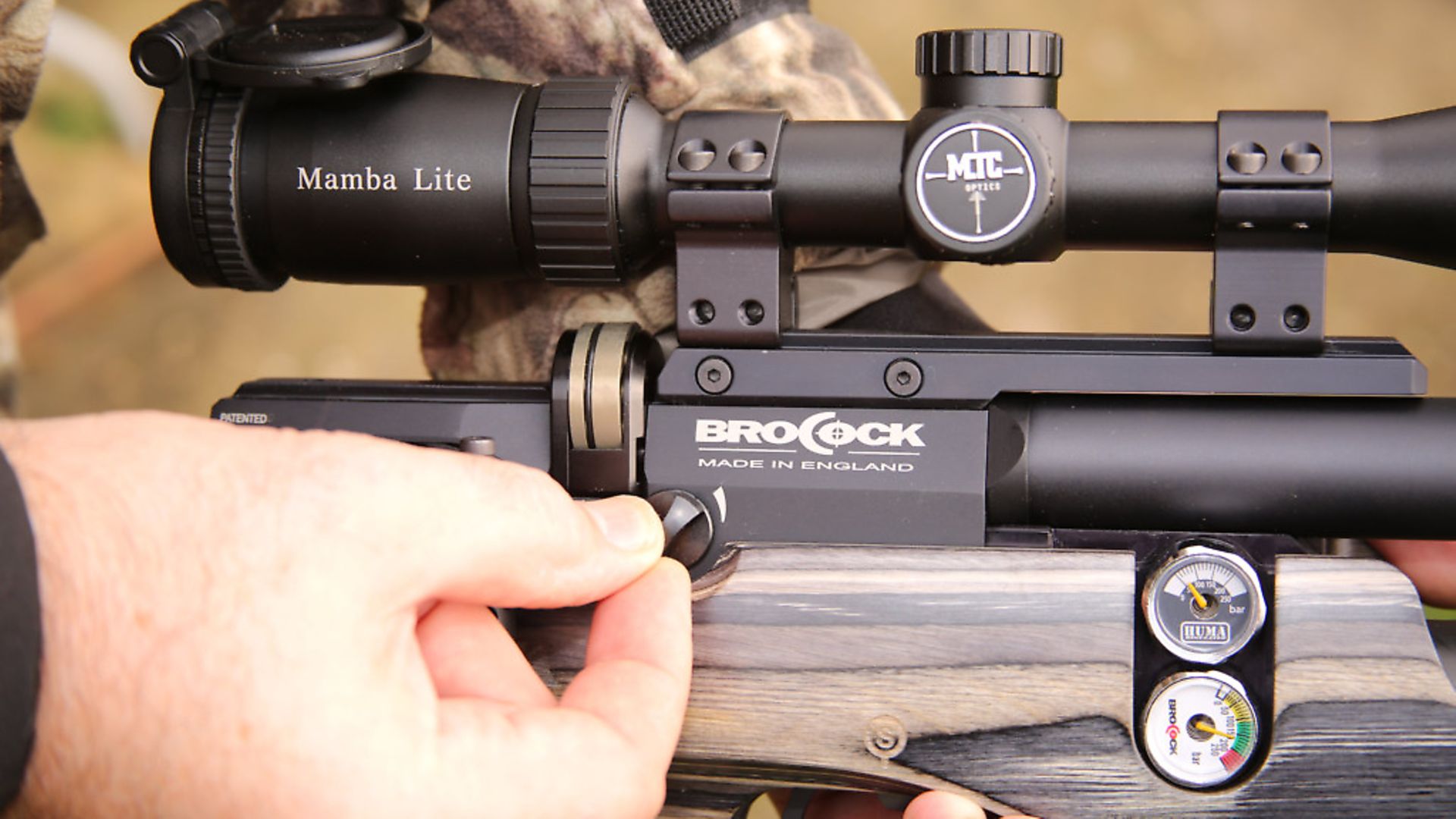 credit: Archant
credit: Archant
NEW DIRECTION
Unsurprisingly, the Act was a disaster for Brocock and the Silcock brothers who'd seen the principle reason for acquiring Saxby and Palmer disappear in an instant. The company needed a new direction and fast. That direction turned out to be lightweight, competitively priced, multi-shot, pre-charged pneumatics and for the next 14 years Brocock marched on. The products improved but never made up for the loss of the air cartridge pistol technology and the current chapter, and the turning around of Brocock, began in 2014 when the group that also owns Daystate bought Brocock lock, stock and barrel.
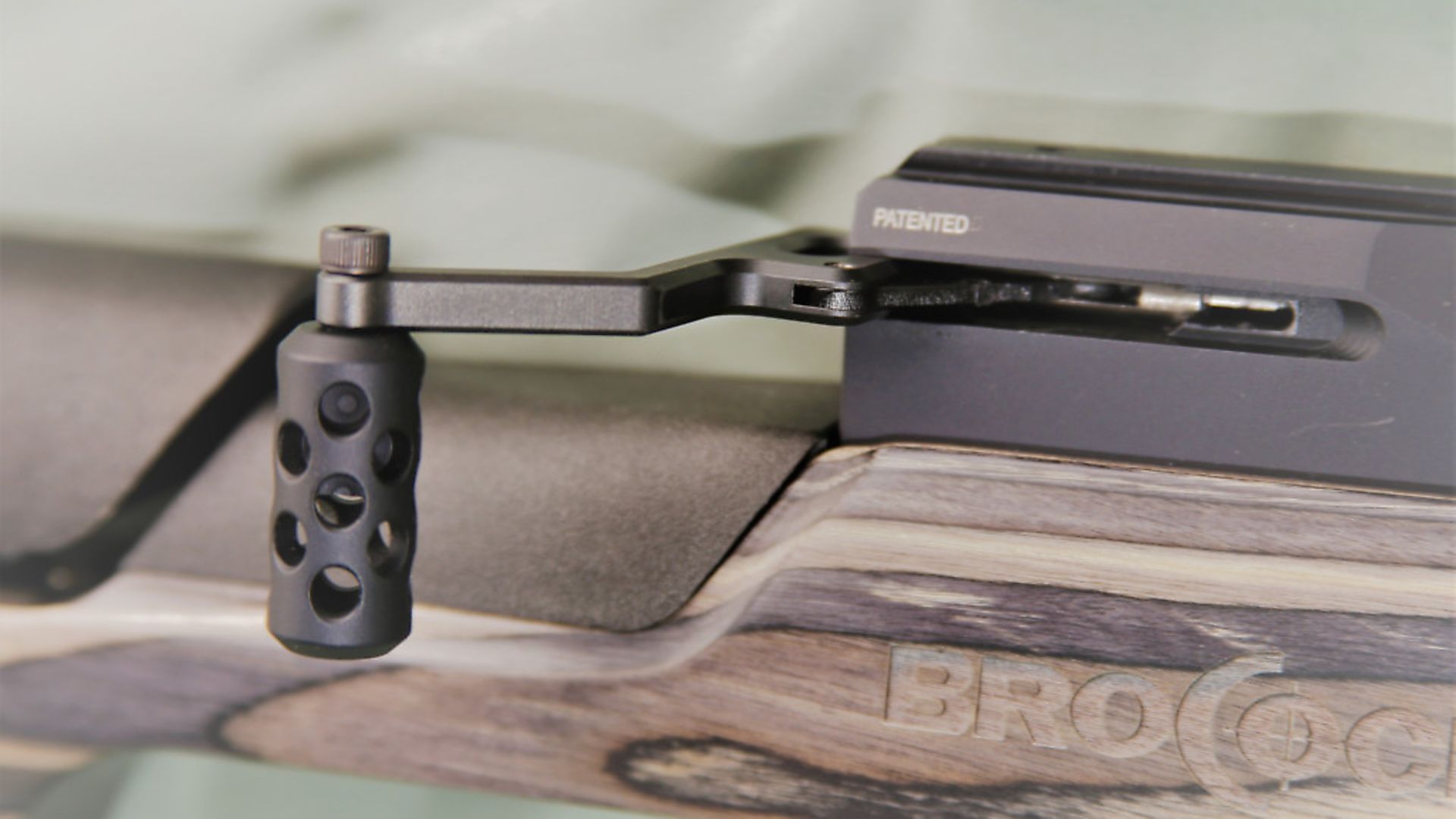 credit: Archant
credit: Archant
CHANGE OF PLAN
The initial plan was for Brocock to continue operating as a separate entity but a year after the purchase, the need to drive efficiency saw the original Brocock plant close and operations move to Daystate's new, larger premises in Staffordshire. It became clear that designs that were cutting edge in the '90s weren't cutting anything in 2015, so Daystate's design team worked with their new Brocock colleagues to develop a brand new Brocock rifle - the Compatto which went on to establish the company's semi-bullpup class of air rifles.
 credit: Archant
credit: Archant
Modern manufacturing techniques, which were simply beyond the reach of the original Brocock company, meant the new design could be put into production with the benefits of lower cost, quicker assembly and improved quality.
For the last several years, the Compatto, along with other Brocock models including the Bantam, have built upon the success of the semi-bullpup design and, with improvements to design and manufacturing quality, have quite rightly been regarded as some of the finest air rifles on the market, prized by hunters and award winning target shooters alike.
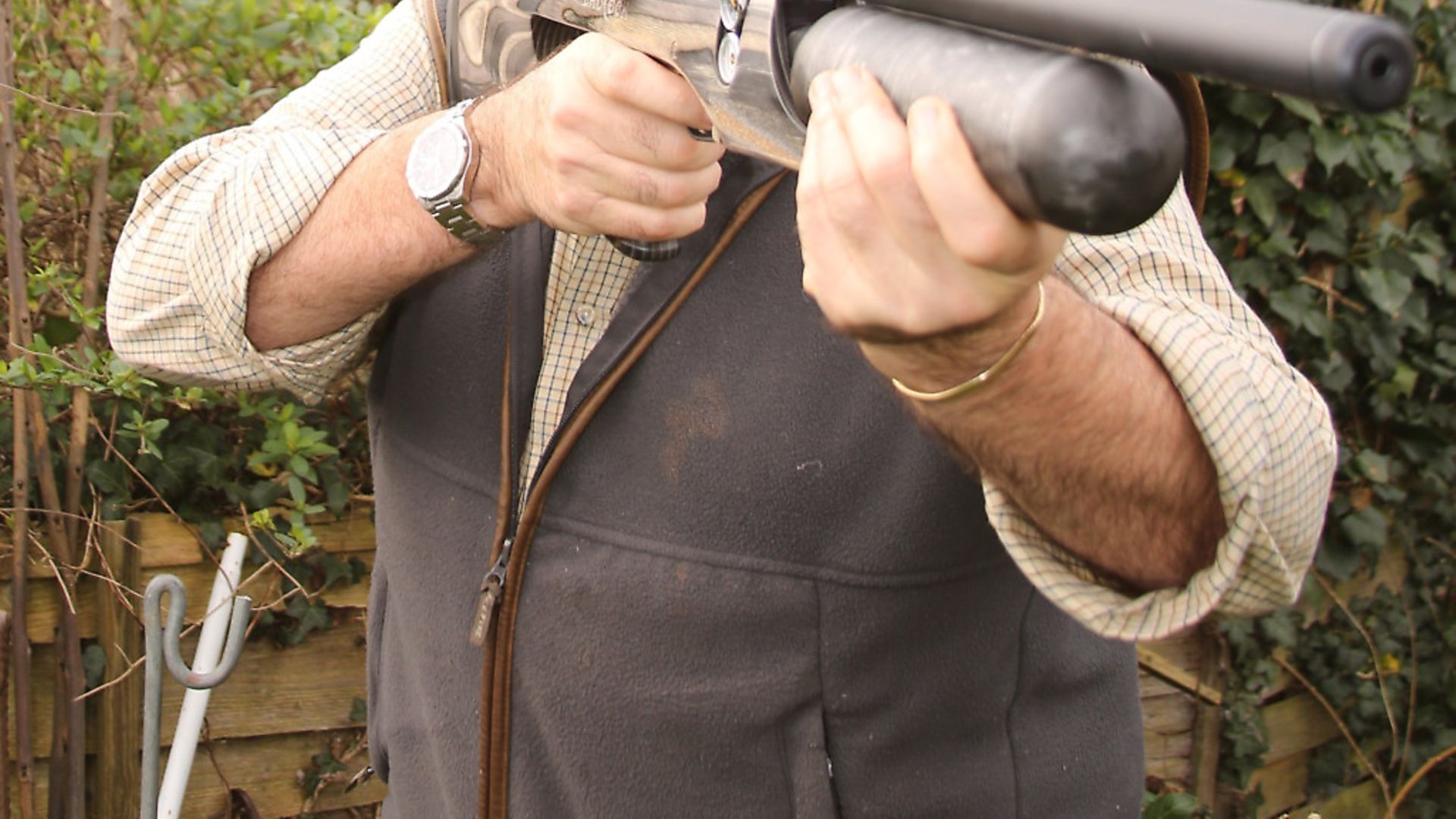 credit: Archant
credit: Archant
In 2017 the range was improved further with the addition of a regulator that was the result of an exclusive partnership between sister-company Daystate and Dutch firm HUMA-Air. The XR series brings the Brocock story bang up to date, so let's study what now represents the Brocock flagship.
THE XR SERIES OVERVIEW
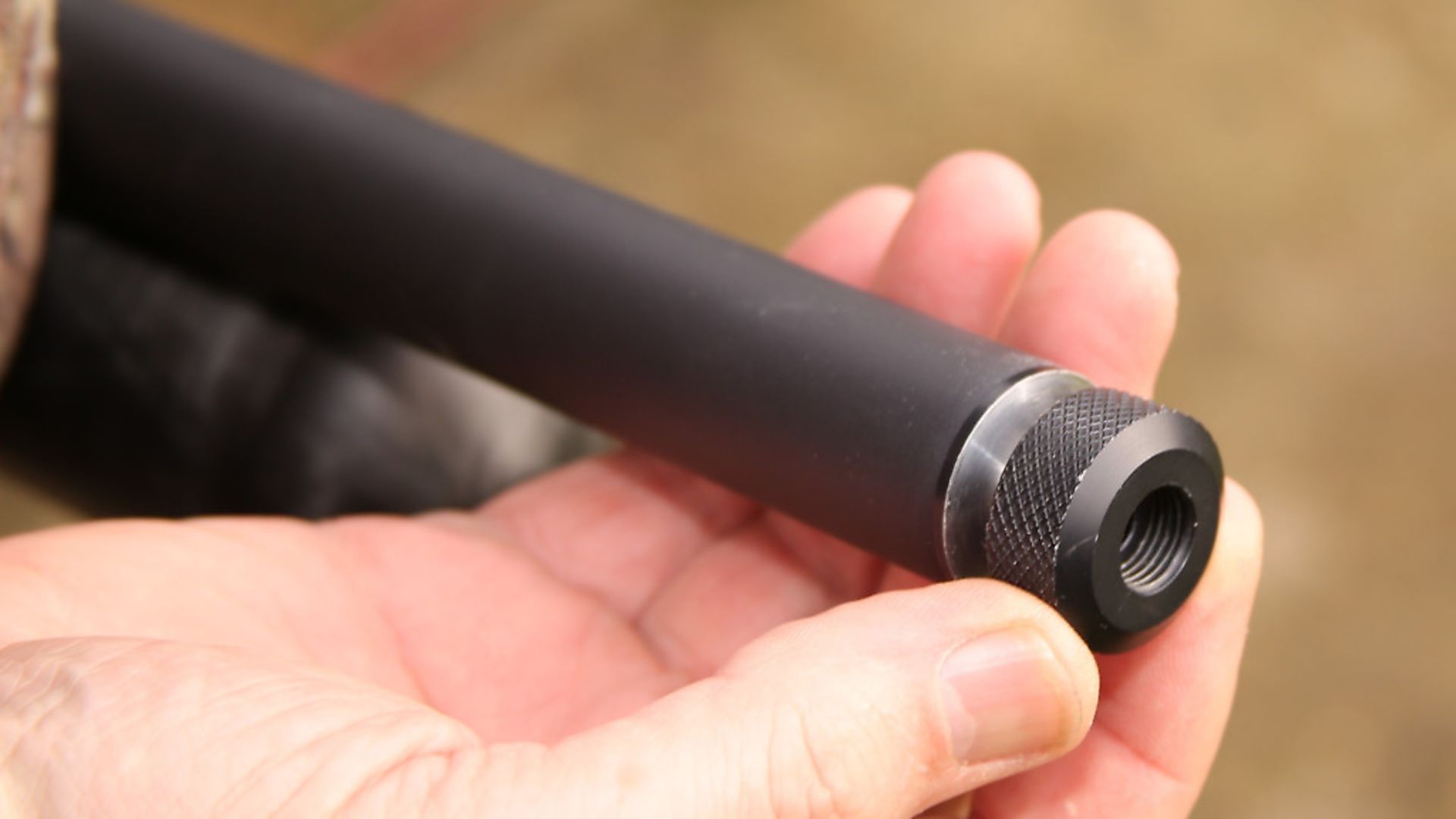 credit: Archant
credit: Archant
The Brocock XR series will replace Brocock's Bantam, Commander HR and Concept-Lite models, and the new range is also designed to be modular, accepting various optional extras. All rifles are compatible with 'AR' accessories and the Commander XR and Concept XR versions feature a telescopic stock that allows pull-length adjustability for a tailored gunfit. The XR series is designed to be compact, with the Mini XR measuring just 820mm from its adjustable butt to its silenced, shrouded muzzle.
All but the standard XR incorporate the HUMA-Air regulator system, which not only precisely meters air release to flatten the rifle's power curve throughout its usable air charge, this reg' also returns an even higher number of 'perfect' shots per charge.
Add an external power adjustment 'dial', a tried-and-tested, removable, 10-shot rotary magazine, a match grade, high-precision, adjustable trigger, plus a fully-shrouded barrel, and these Brococks are right at the top of their game, with a build quality to match. Finally, the XR range can be ordered with a variety of bottle, stock and power options across three calibres - .177/4.5mm, .22/5.5mm and .25/6.35mm - adding versatility and customisation to the XR's list of features. That's the catch-all description done, now let's shoot the example that was sent to me.
XR ON THE RANGE
After charging the XR to its required 200 bar - the extended 'barrel' of the connector helps to make this a simple plug-and-play process - I loaded the supplied magazine, slotted it into the action, and prepared myself for my first XR experience. In truth, I knew what I'd be getting, because I extensively tested the bolt-action incarnation of this rifle back in the autumn.
For instance, I knew that the .177 version I'd tested previously could group pellets like a match rifle, and it was no surprise at all when the .22 XR ripped a series of groups at 40 yards that would barely accommodate my fingertip. While this applause-worthy grouping was going on, the value of the new sidelever began to impose itself, almost by stealth.
While others took turns in helping me test the XR, I kept my eye in with a bolt-action Bantam MKII Sniper. The Bantam kept perfect pace with the XR, in terms of grouping, trigger performance, handling and overall bang for quite a few bucks, but when I returned to the test rifle, there was that 'difference' again.
MICRO-ANALYSING PERFORMANCE
By now, most of you will be heartily sick of my going on about the sidelever, but it's a force for good I assure you. Not only does the mechanical advantage of the sidelever translate immediately to the shooter, the simple fact that you can more easily maintain eye contact with the scope during the cocking and loading cycle makes a practical difference in the field. Right, that's enough about the sidelever, it's time for an overall verdict.
WHAT DO YOU GET FOR YOUR MONEY?
The Brocock Sniper XR is designed, built and most definitely priced to sit on the very top shelf of sporting airgun production. The roots of Brocock's venture into the PCP market may well have been at the 'more affordable' end, but this latest generation of rifles is aimed squarely at the full-on, serious enthusiast, with a high expectation and a willingness to pay for an equally high performance. The rifle I've just tested delivers on every front, in terms of accuracy, consistency, shot-production, build quality, handling and ease of use. That sidelever makes a difference, too!
Come back next month, when the XR gets its first full field trip, where we'll see what the progression of Brocock has really brought to the sport.